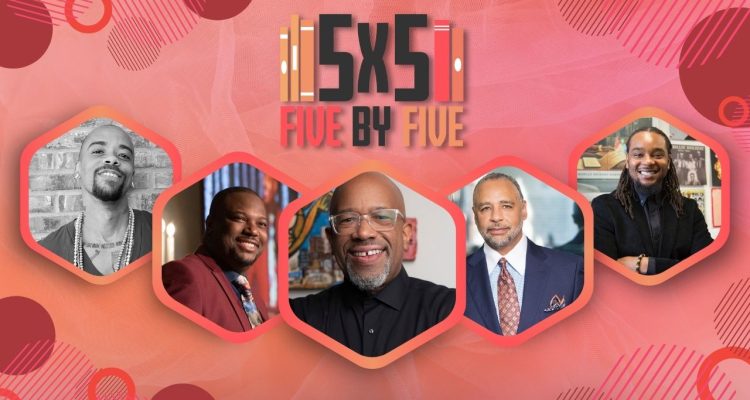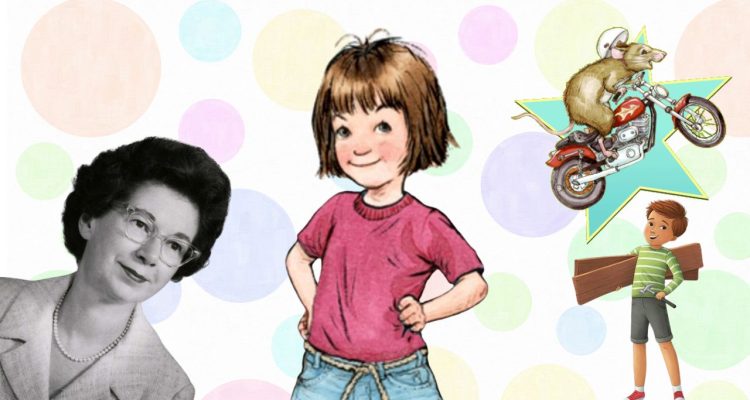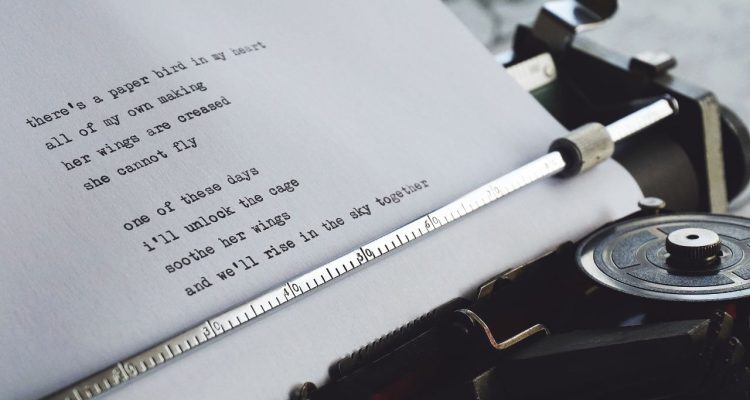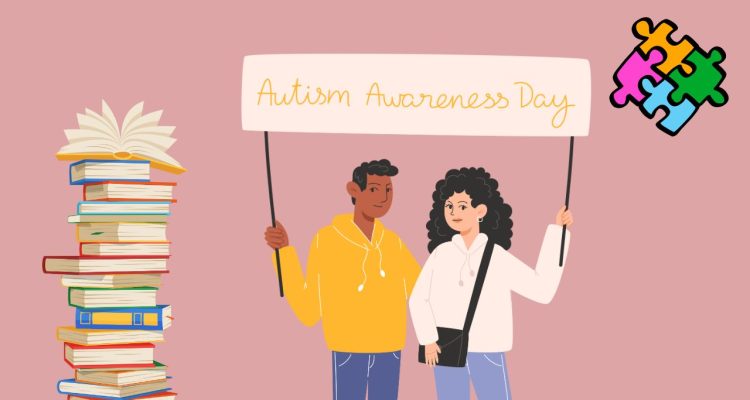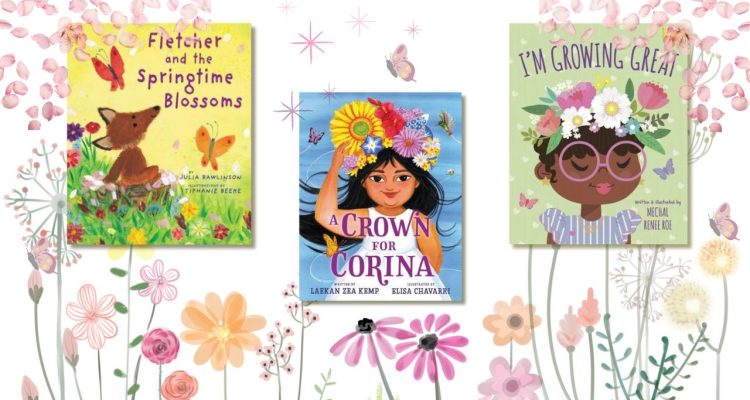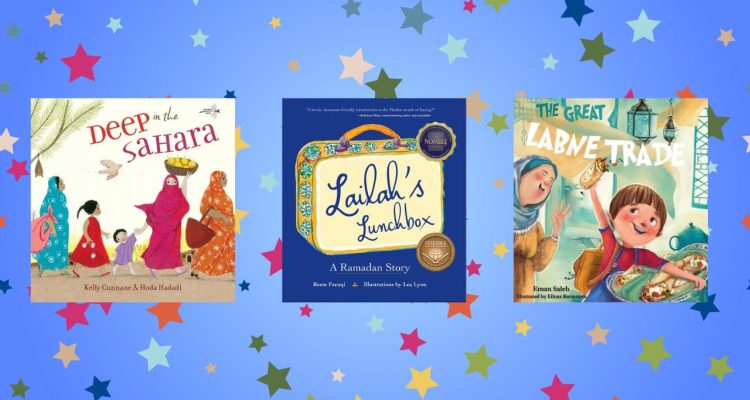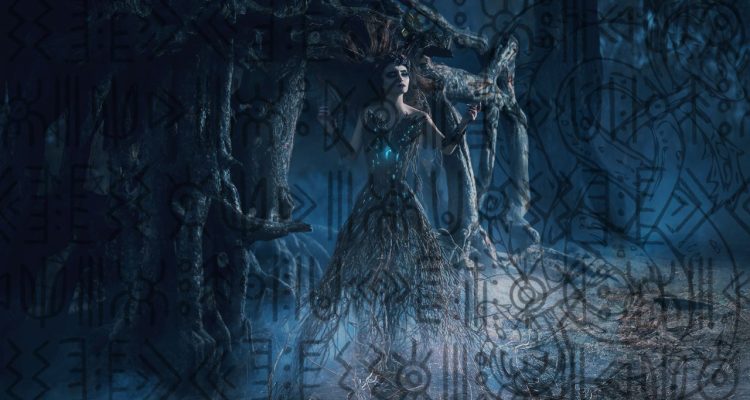Like most young children of our time, I spent my days watching Disney movies and my nights reading fairy tales by a flashlight past my bedtime. I was taught to love the Prince Charming who saves the beautiful princess and fear the hideous dragon who keeps her captive. However, as I’ve gotten older, I’ve become aware of the patriarchal themes inherent in that narrative. The prince slays a monster to demonstrate his coming-of-age as a man and receives a princess as his bride and reward. From the princess’s perspective, she goes from being a captive to entering a marriage, which in some circumstances can be a different kind of bondage.
The man is allowed self-determination while the woman makes herself small and obliging at the expense of her self-actualization. So, what happens when the woman refuses to obey? What happens when she becomes the dragon?
Within the past few years, there has been an unusual frequency of speculative fiction authors writing feminist stories about women who turn into dragons. In many conventional fantasy novels, such as Rule of Wolves by Leigh Bardugo or Tehanu by Ursula K. Le Guin, this transformation is seen as a last-minute expression of female empowerment that aids the heroes and saves the day. However, literary fantasy novels that deal with this theme take the female empowerment and expand it to comment on trauma caused by a patriarchy.
In honor of Women’s History Month, we shall explore two recent literary fantasy novels about women becoming dragons, analyze potential symbolism in transformation, and discuss how these stories can appeal to the modern feminist reader.
Dragons – Malevolent or Magnificent?
In Western culture, dragons have historically been beasts of destruction, agents of chaos, and hoarders of treasure. They fly around on leathery wings, spew fire from their massive mouths, indiscriminately consume livestock and people, and care little for the desolation left in their wake. However, this perspective of dragons shifts when viewed from the perspective of someone in an oppressed position. Dragons are powerful. They take up space and are unashamed of their bodies. They are able to protect themselves and are allowed to live independently. Dragons are free to exist as they are, wild and beholden to no one.
There is an admitted appeal to this lifestyle for many women, and as these stories show, there are many female-identifying people who would trade arms for wings, skin for scales, and fly off into the night on their newfound freedom.
Dragons and the Patriarchy

When Women Were Dragons by Kelly Barnhill depicts an alternate version of 1950s America in which thousands of housewives and mothers spontaneously transform into dragons and flee society in an event known as the Mass Dragoning of 1955. The story centers upon Alex, a fifteen-year-old girl, dealing with the loss of her Aunt Marla, who became a dragon, and now has to navigate her changing family dynamics. She has to take care of her cousin-turned-sister, and coming of age during the peak of McCarthyism and restricted rights for women.
While the actual dragons are not the focus of the story, they still play a large part in the world-building of this novel. For example, many of the newly-transformed dragons set about eating their adulterous husbands in the beds of their mistresses before flying away into isolation.
However, there are other dragons who miss their domestic life and choose to reintegrate themselves into human society as lipstick-wearing, purse-toting, scaly homemakers. Therefore, society’s need to either accommodate the dragons or keep the situation under wraps can represent how often women’s issues are ignored by those in power, or how their personal stories of trauma are dismissed as lies or an exaggeration of the truth, especially in the days prior to the #MeToo movement.
The primary critique of the novel is that there is little intersectionality, with the story choosing to focus on the plights of white middle-class housewives instead of offering a broader view of how the Dragoning also affected women of color or trans women. Regardless, it is still interesting to see how the Dragoning represents not only female liberation from domestic responsibility but also self-preservation from unhealthy or abusive relationships.
Dragons and the Cycle of Abuse

Winner of the 2019 Michael L. Printz Award, Damsel by Elana K. Arnold takes place in a fantastical world in which there is a rite of passage that when the king dies, the prince must find a dragon, slay it, and rescue a damsel to be his bride and bear his son.
A young woman named Ama awakes in the arms of Prince Emory, who claims to have rescued her from a dragon and is taking her to his kingdom to wed. However, as Ama learns more about the history of the damsels and Prince Emory is not as charming as he once appeared. Ama must escape on her own terms or be “tamed” and subservient for the rest of her life.
While this novel is marketed as YA, it is very graphic in its depictions of physical, sexual, and animal abuse, so please read the content warnings and only engage with the story in a healthy headspace. Damsel is a novel designed to make the reader uncomfortable as a way to fully transport the reader into the existence of an abuse victim, so there is a sense of dread and sadness prevalent throughout the piece.
As it is firmly placed in the literary fantasy genre, the novel is mainly introspective and told through Ama’s perspective as she discovers not only the evil nature of Prince Emory, but the cycle of abuse, trauma, and death that has defined the royal family for generations. By the time the final, dragon-y twist is revealed, the reader will be satisfied with Ama’s fury and revenge as she remembers her true self and seeks to live the rest of her life on her own terms.
A great deal of the novel is centered around the motif of taming a wild animal and the inherent danger that animal poses to the tamer before it is “broken.” Whether this theme is interpreted as taming literal animals or women, this line of thought expertly demonstrates the fear abusers have when the object of their abuse finally decides to fight back or leave. Damsel not only does an excellent job of portraying a realistic abuser and the highs and lows of a toxic relationship, but it also proves in a chaotic inferno that female rage is something to be feared.
Final Thoughts
As a concept, women turning into dragons is not new. Dating back to the earliest folk tales, women have been turned into all manner of creatures, plants, and objects either as punishment or for the sake of tragedy. However, these novels (and many more in the fantasy genre) depict dracontine transformation as a release from the trials of womanhood in a patriarchal society. Especially in the case of domestic abuse or sexual violence, becoming a terrifyingly powerful creature is the ultimate dream for those seeking protection and healing from trauma.
Dragon women evolve from victims into survivors and avengers and gain agency over their lives. Therefore, while spontaneously growing scales, claws, and fiery breath might not be appealing to all, many women would gleefully don the armor of scales and teeth if it means they are free to be larger than life and unapologetically themselves.
For more powerful stories by female authors, click here!
For more information about dragons, click here!

